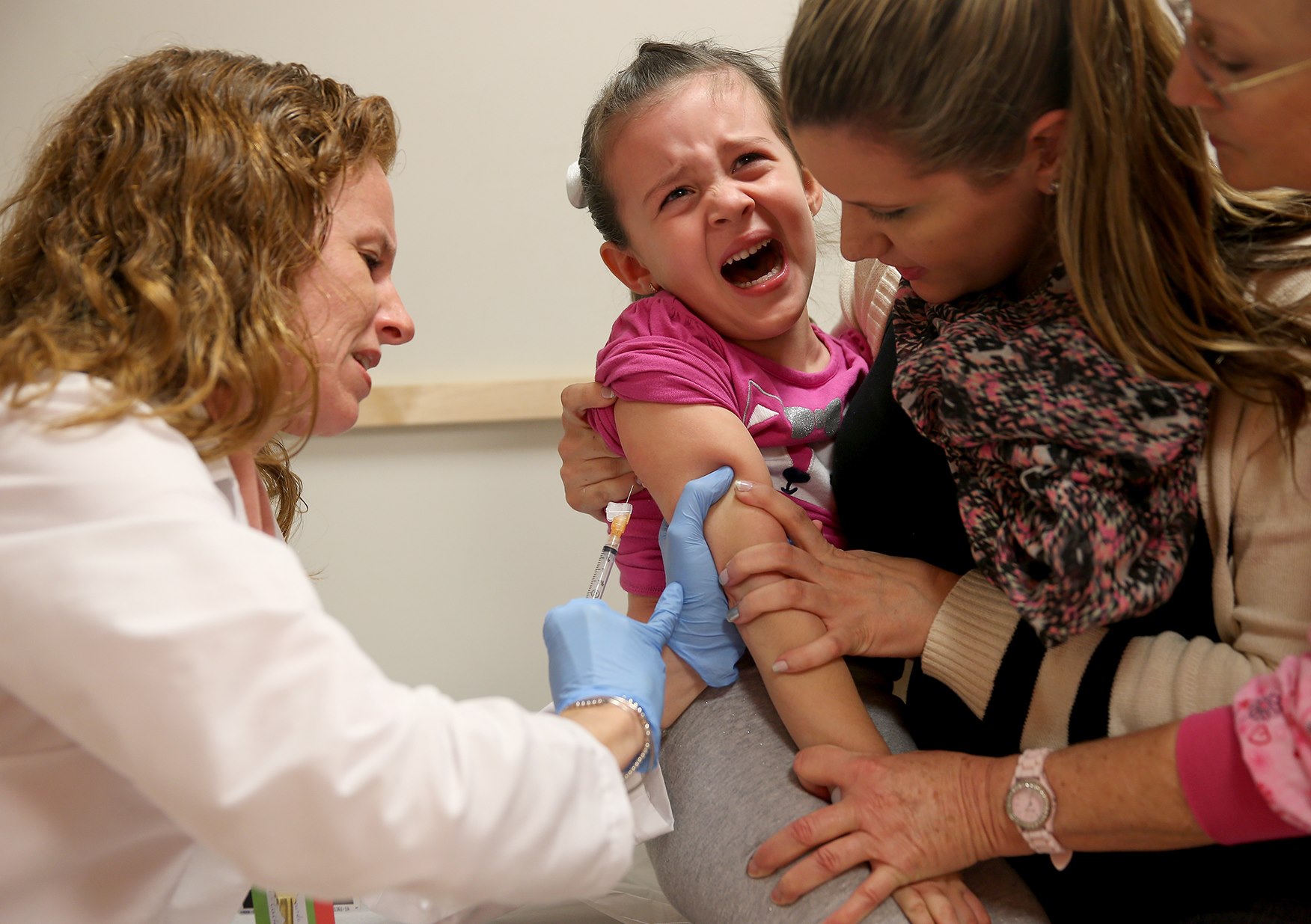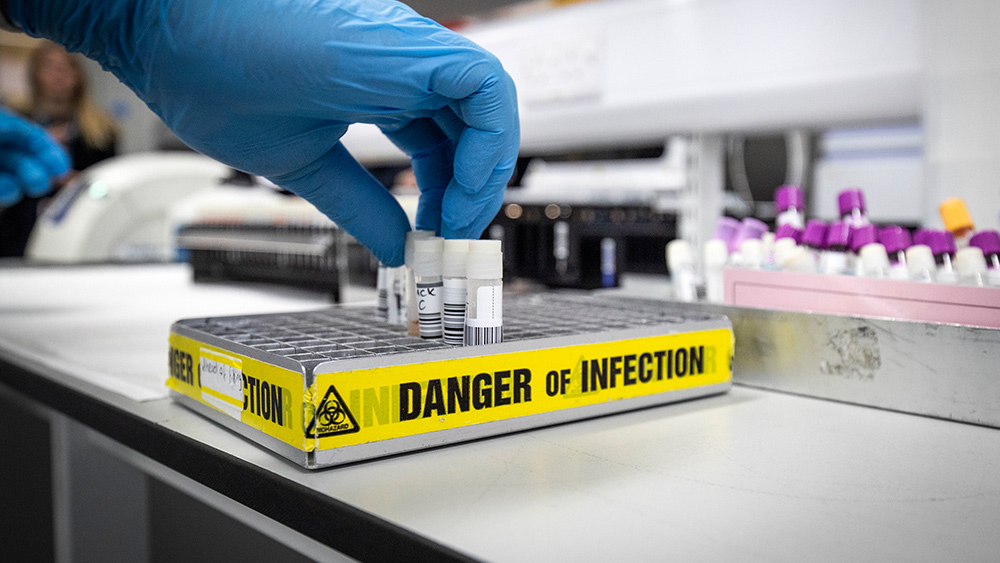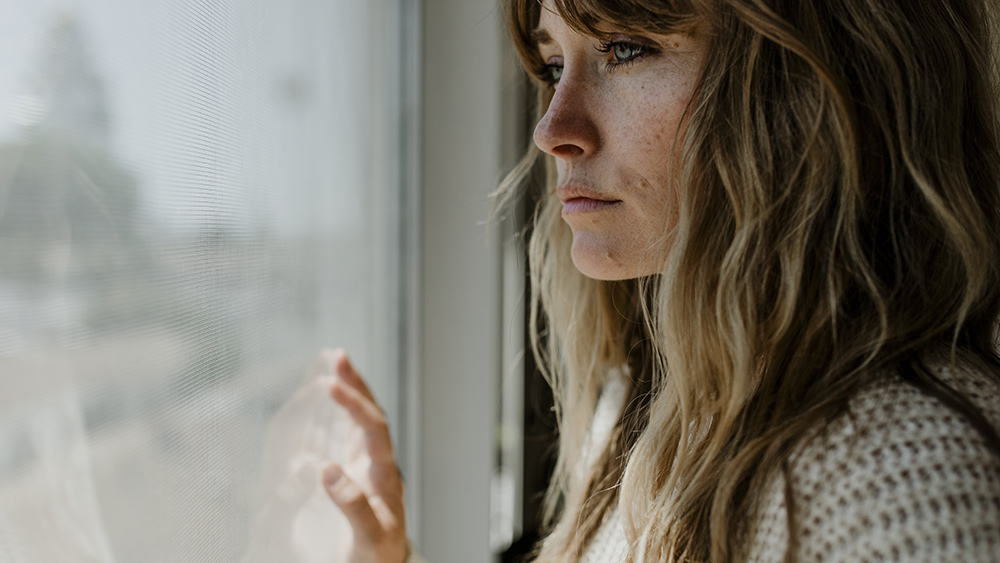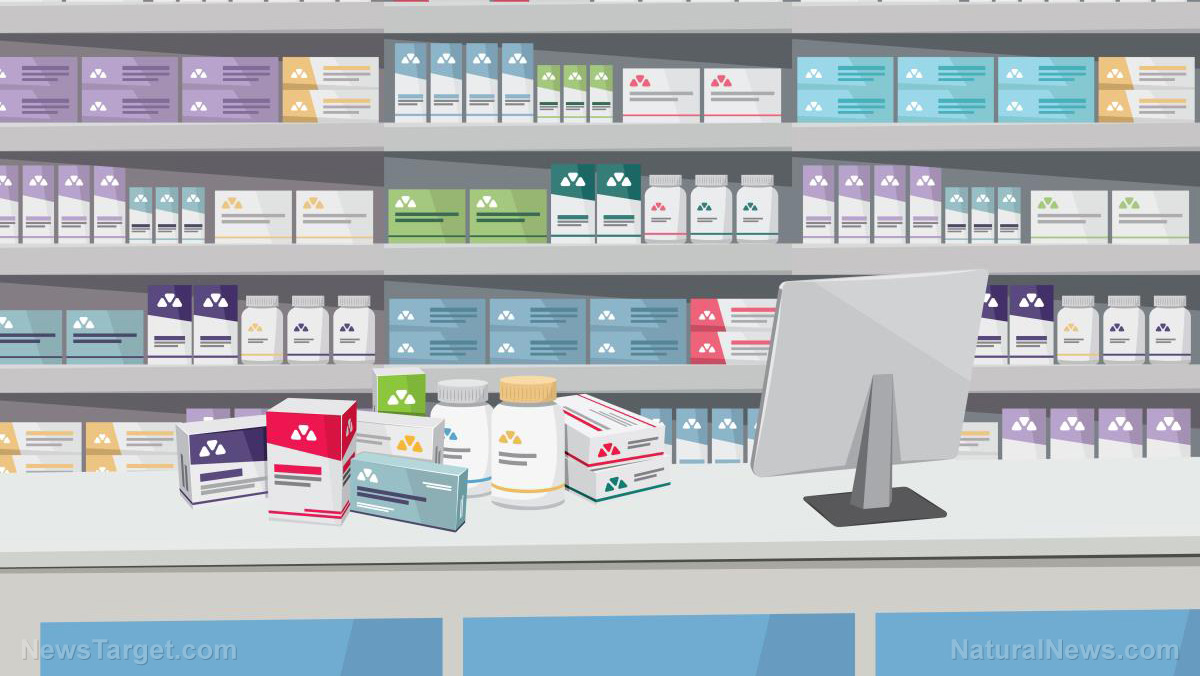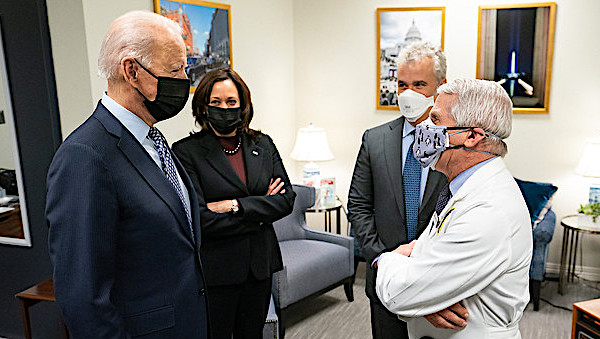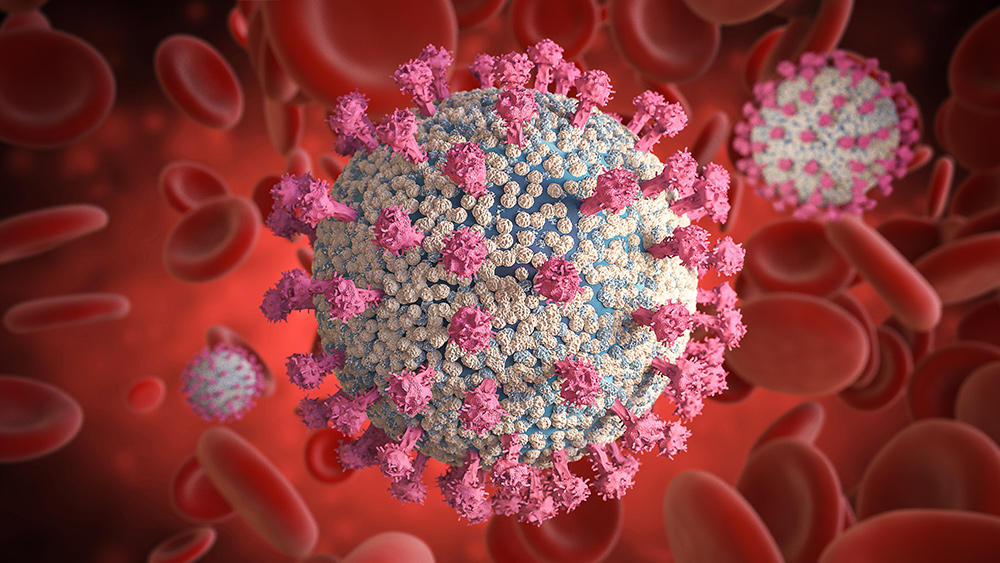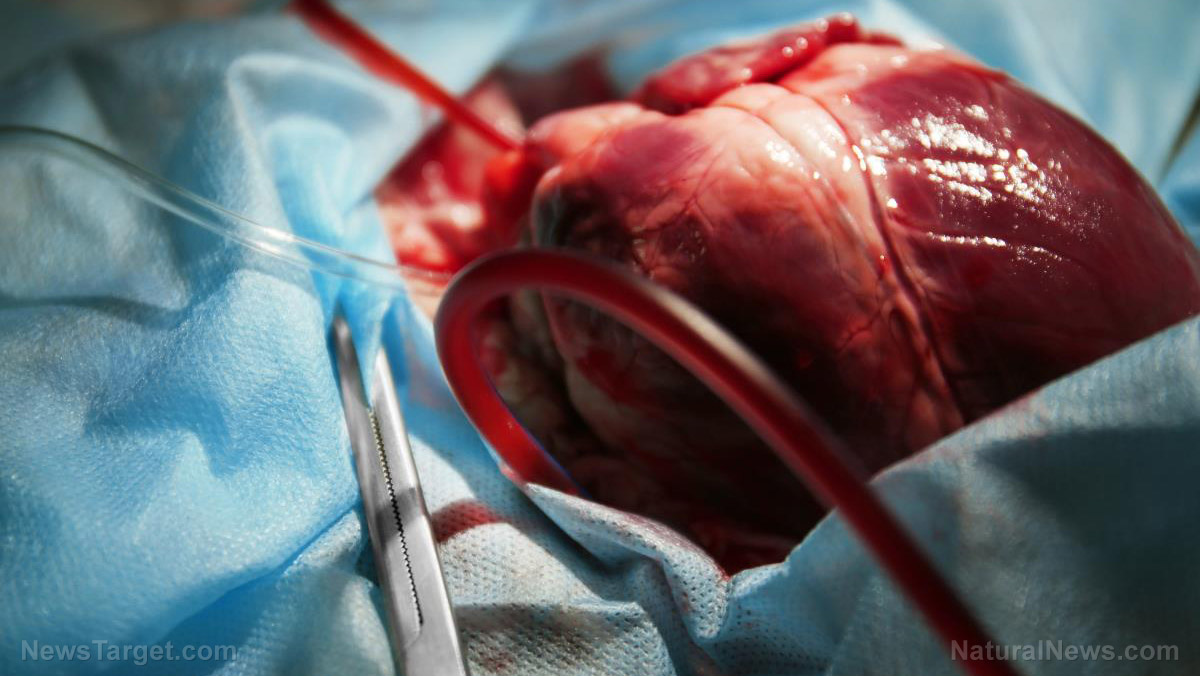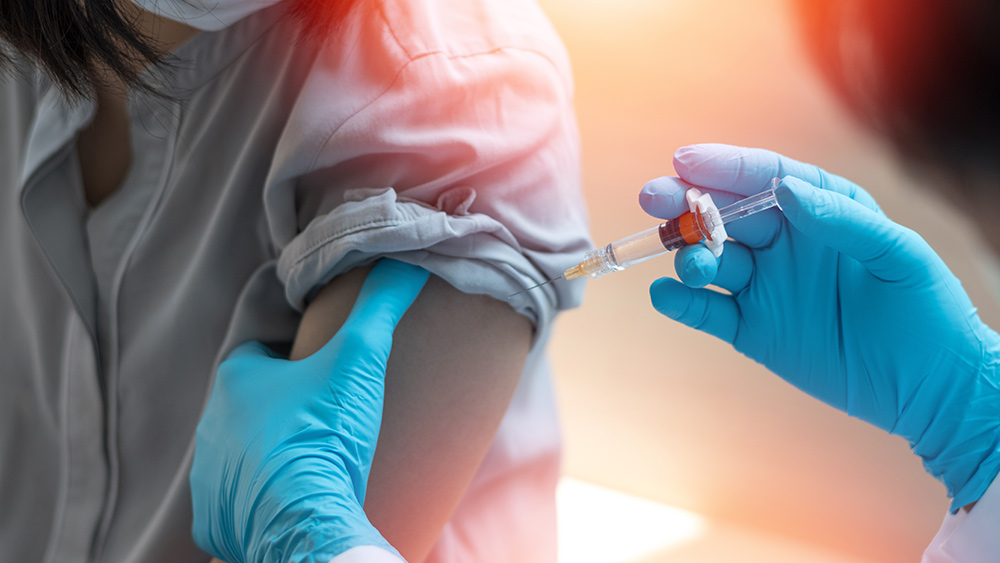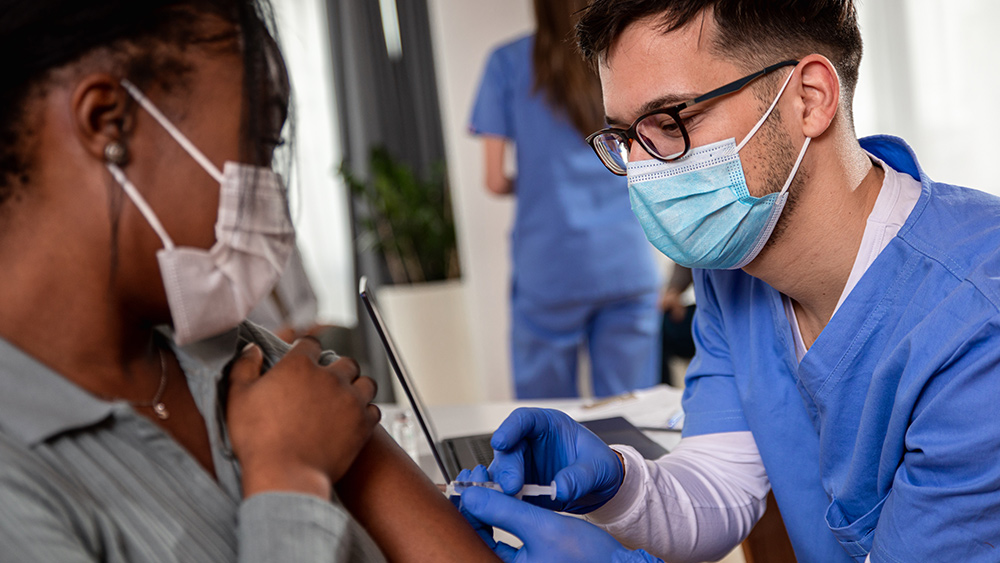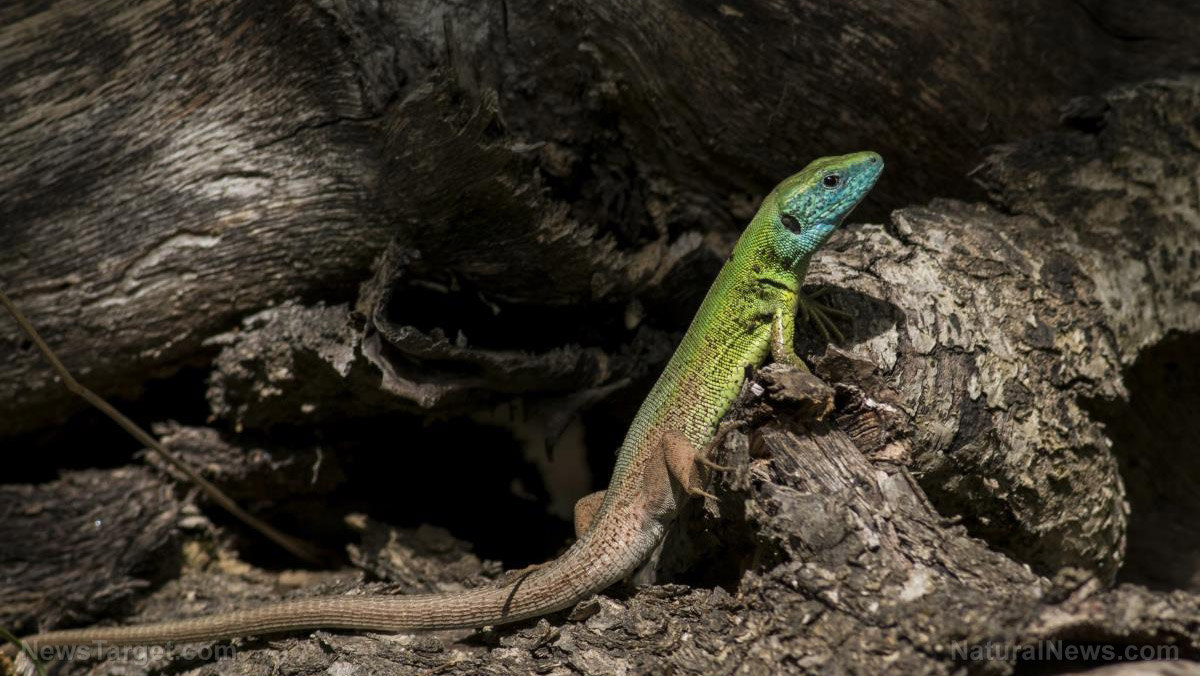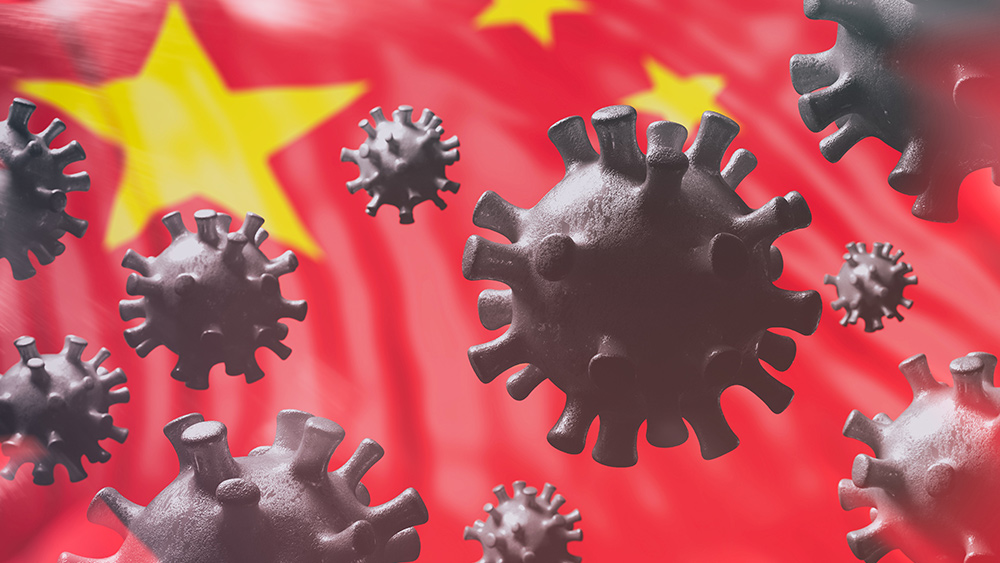Health experts call for “intensive investigations” into coronavirus lab-leak theory
06/28/2021 / By Zoey Sky

Since the coronavirus (COVID-19) started spreading across the globe back in December 2019, China has insisted that the infectious disease first spread from animals to humans.
Even mainstream media dismissed the lab-leak theory at first, but now health experts are reconsidering the true origins of SARS-CoV-2, the virus that causes COVID-19.
Investigate the lab-leak theory, urges scientists
When the world first heard of the coronavirus, officials quickly suppressed rumors hinting that the virus originated from a laboratory at the Wuhan Institute of Virology (WIV). The lab has received funding from the National Institutes of Health (NIH), and it was heavily involved in gain-of-function (GOF) research, or the development of engineered viruses.
Mainstream media successfully convinced the public that SARS-CoV-2 crossed to humans via the consumption of infected animals, most likely bats, from a nearby wet market in Wuhan.
At the time, people who suggested the possibility of a lab leak were called conspiracy theorists. Yet now, as the truth slowly comes to light, even world-renowned researchers are reconsidering their stance.
Several scientists call for comprehensive investigations into the true origins of the coronavirus. Even regular citizens are now questioning the “animal to human” transmission story, with more asking if the virus actually came from a laboratory.
Early in January and February of this year, the World Health Organization (WHO) funded an initial investigation into the origins of the coronavirus. The WHO reported that it was “extremely unlikely” that the virus came from the Wuhan laboratory, finally deciding and that pandemic first began via a zoonotic transmission (animal to human).
The biosafety level 4 (BSL-4) lab in Wuhan is one of the few laboratories in the world certified to perform research on viruses like Ebola, smallpox and coronavirus.
Despite China’s claims that the coronavirus spread accidentally, experts now call for stricter controls on facilities due to fears that accidental leaks could start another devastating pandemic.
BSL4 is the most secure class of laboratories and these are built to work safely and securely with the most dangerous bacteria and viruses that can cause serious diseases with no known treatments or vaccines.
Gregory Koblentz, director of the Biodefense Graduate Program at George Mason University, said that BSL4 labs have HVAC filtration systems to prevent viruses from escaping through exhaust. Additionally, any wastewater that leaves the facility is treated with chemicals or high temperatures to kill anything in it.
BSL4 researchers are also highly trained and wear hazmat suits. According to a report that Koblentz co-authored, there are 59 such facilities worldwide.
The report, called “Mapping Maximum Biological Containment Labs Globally,” warned that there are “no binding international standards for safe, secure, and responsible work on pathogens.”
Because of this, accidents can still happen even at the most secure facilities. This doesn’t include the more frequent incidents at lower rung labs, which may experience upwards of thousands of accidents.
Some recorded accidents include:
- The human H1N1 virus, the same flu that caused the 1918 pandemic, first leaked in 1977 in the Soviet Union and China, finally spreading across the globe.
- Back in 2001, a mentally disturbed employee at a U.S. bio lab sent out anthrax spores across the country, killing five people.
- In 2004, two Chinese researchers exposed to severe acute respiratory syndrome (SARS) spread the disease to others, killing one person.
- In 2014, a handful of smallpox vials were uncovered during a Food and Drug Administration office move.
For years, Lynn Klotz, a senior science fellow at the Center for Arms Control and Non-Proliferation, has been warning others about the public safety threats posed by these facilities.
Klotz said that “[h]uman errors constitute over 70 percent of the errors in laboratories,” adding that U.S. researchers often rely on data from Freedom of Information requests to find out about these incidents.
Data proves China’s claim was “insufficient”
In May 2021, renowned experts published a letter in the peer-reviewed journal Science. The leading scientists call this conclusion into serious doubt, even claiming that it was “not scientifically justifiable.”
The letter outlined several concerns:
- Out of the 313-page report presented by the WHO and China, only four addressed “the possibility of a laboratory accident.”
- While China insists on the zoonotic transmission theory as the cause of the spread of the coronavirus, the WHO didn’t provide any evidence to adequately back this claim. While the evidence supporting a lab-leak theory was also lacking, the WHO decided it can be considered “extremely unlikely.”
- Dr. Tedros Adhanom Ghebreyesus, the WHO Director-General, even acknowledged that the WHO report’s “consideration of evidence supporting a laboratory accident was insufficient.”
GOF research should also be investigated
Experts from Harvard University and Stanford University also want investigators to strictly monitor GOF research in Wuhan. They added that laboratories and public health agencies should “open their records to the public.”
In the letter, the researchers also asked officials to take a much closer look at the Wuhan lab’s involvement in gain-of-function research. GOF research involves the modification of pathogens to make them more transmissible, deadlier, or better able to evade treatment and vaccines to find out how to fight them better.
The field has long been a subject of debate even among experts. Things escalated in 2011 when two research teams showed they could make bird flu transmissible between mammals.
That gain-of-function research on bat viruses took place in a laboratory located in the same city where the first reports of the coronavirus started spreading is suspicious enough. Even mainstream media can no longer deny the lab-leak theory isn’t just a “conspiracy theory.” (Related: Former CDC director says he got DEATH THREATS from fellow scientists for suggesting coronavirus came from lab-leak.)
The authors of the letter, which include experts from reputable universities and one of the world’s leading coronavirus researchers, advised that subsequent investigations into the true origin of the coronavirus must be “transparent, objective, data-driven, inclusive of broad expertise, subject to independent oversight, and responsibly managed to minimize the impact of conflicts of interest.”
The authors concluded that brave Chinese doctors, scientists, journalists, and citizens stepped up to share “crucial information about the spread of the virus – often at great personal cost.” In the same vein, experts must now show the same determination to promote an impartial and science-based discourse on this important matter, especially since it has now spread across the globe.
Go to Pandemic.news to learn more about the true origins of the coronavirus.
Sources include:
Tagged Under: biological weapons, China, coronavirus, coronavirus outbreak, Cover-Up, covid-19 pandemic, deception, lab leak, lies, National Institute of Health, NIH, Plandemic, Wuhan coronavirus

